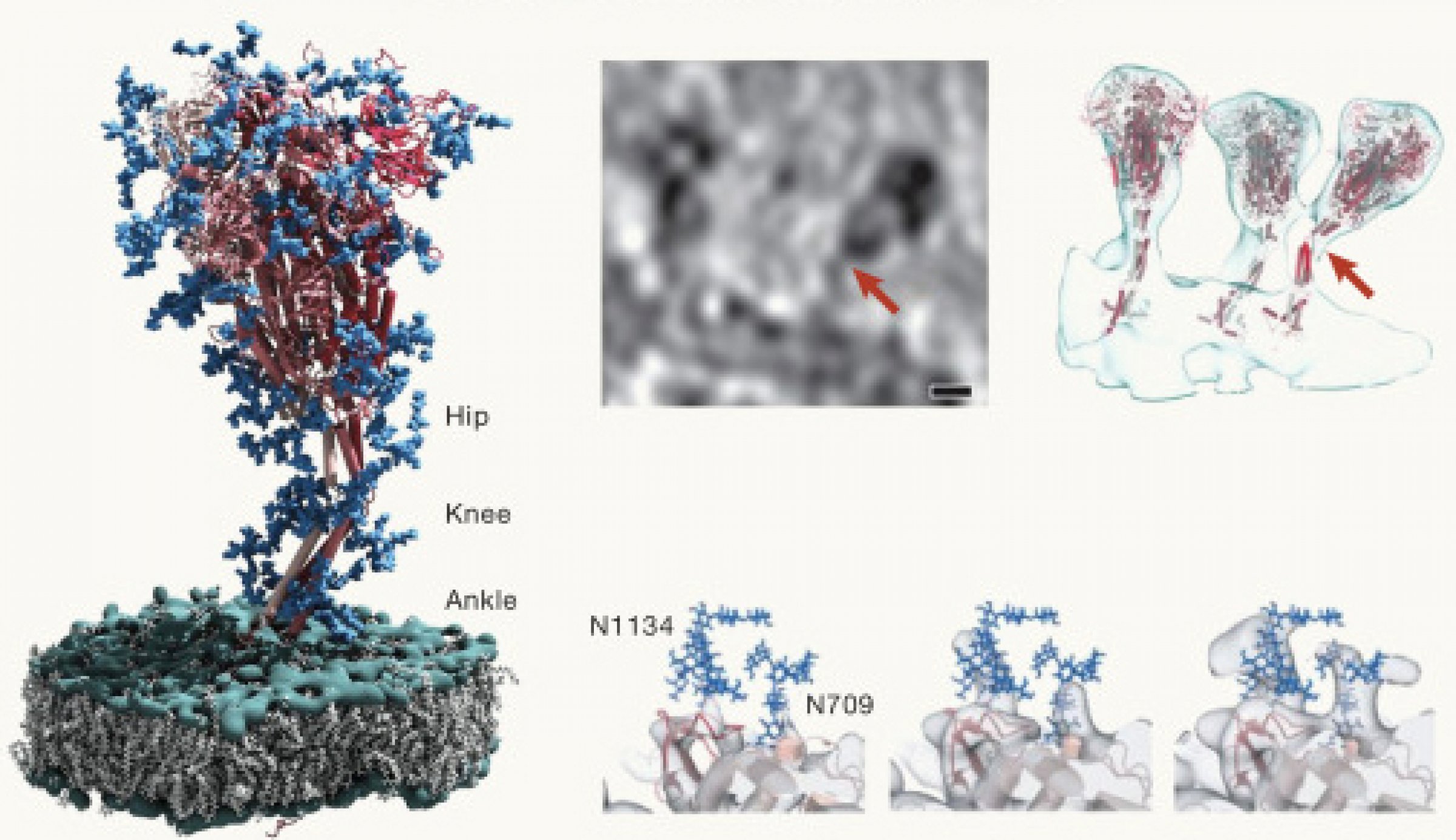February 6, 2024
Digital twins: The path to new discoveries in cells
FIAS researchers are playing a leading role in developing pioneering technology that will enter the next funding round as part of the SCALE excellence initiative.
In celebration of the 50th anniversary of the prestigious journal "Cell," FIAS Fellow Roberto Covino and his co-authors published an article discussing the future of structural and cellular biology. This piece delves into the limitations currently facing structural biology and shines a light on emerging technologies poised to revolutionize our understanding of molecular functions within cells. The authors introduce the concept of the virtual 4D reality of cells, poised to become a pivotal tool in the evolution of structural cell biology, , which is also at the centre of their SCALE excellence concept, which has just been selected for the next application stage..
Despite the recent surge in high-resolution data detailing the minutest cell components, our comprehension of how cells function remains incomplete. In celebration of the 50th anniversary of the prestigious journal "Cell," FIAS Fellow Roberto Covino and his co-authors published an article discussing the future of structural and cellular biology. This concept of the virtual 4D reality of cells (3D plus time) delves into the limitations currently facing structural biology and shines a light on emerging technologies poised to revolutionize our understanding of molecular functions within cells.
Digital twins represent precise virtual counterparts of biological cells, encompassing all existing information. These sophisticated models meticulously replicate cellular structures at the molecular level, accounting for changes over time and enabling the simulation of molecular processes that are fundamental to cellular life. This approach paves the way for groundbreaking predictions that can be experimentally verified, offering new insights into cellular functions.
This publication also highlights the strategy underpinning the "SCALE: Subcellular Architecture of Life" Cluster of Excellence initiative, which has just been selected for the second round by the German Research Foundation. Roberto Covino, as a core Principal Investigator (PI) of the SCALE initiative and a leader in the development of the Digital Twin technology, is at the forefront of this pioneering endeavor.
Publication: Martin Beck, Roberto Covino, Inga Hänelt, Michaela Müller-McNicoll, Understanding the cell: Future views of structural biology, CELL perspective, Vol 187,2, s. 545-562, 1. Februar 2024, doi: https://doi.org/10.1016/j.cell.2023.12.017
Fig. from Martin Beck et al., CELL, Abb. 4C (https://www.cell.com/cell/fulltext/S0092-8674(23)01349-1?_returnURL=https%3A%2F%2Flinkinghub.elsevier.com%2Fretrieve%2Fpii%2FS0092867423013491%3Fshowall%3Dtrue)
